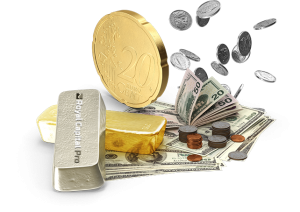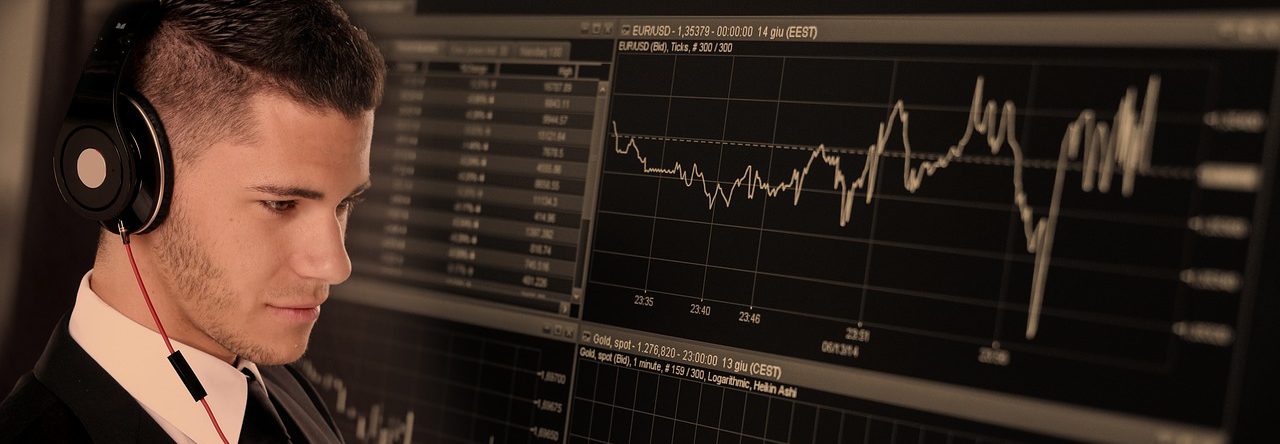Precious metals, most notably gold and silver, offer insights into economic health and have been a safe haven for traders in challenging financial times. A traditionally in-demand commodity classification, gold and also silver to some extent, are still seen as protection against inflationary pressures and market volatility. When share prices or interest rates tumble, gold prices generally remain strong, providing the ideal opportunity for traders to diversify their portfolio and hedge their positions when other investment opportunities begin to falter.
gold and silver, offer insights into economic health and have been a safe haven for traders in challenging financial times. A traditionally in-demand commodity classification, gold and also silver to some extent, are still seen as protection against inflationary pressures and market volatility. When share prices or interest rates tumble, gold prices generally remain strong, providing the ideal opportunity for traders to diversify their portfolio and hedge their positions when other investment opportunities begin to falter.
The most commonly traded precious metals are gold, silver and the platinum group of metals that includes ruthenium, rhodium, palladium, osmium, iridium and platinum.
Gold
The intrinsic value and price of gold means act as a barometer of either general confidence or anxiety about the global economy. With limited practical use, gold is less affected by other sectors.
Silver
Silver has more practical, industrial applications than gold, being used in the solar energy sector, electrical contacts and conductors, water purifiers, infra-red telescopes, X-rays, disinfectants and wound-dressings. Used in so many applications, silver is influenced by fluctuations in the fortunes of these applications.
Iridium
Corrosion and heat-resistant qualities make iridium a very useful element. Used in automotive and aeronautics, laboratory equipment, electrical contacts and electrodes, platinum resistance thermometers and dentistry equipment.
Palladium
Mostly used in catalytic converters for petrol engine cars, there have been problems with mining this precious metal.
Platinum
Before the Volkswagen emissions scandal saw the platinum markets dive to a 6-year low (platinum is used in catalytic converters for diesel engine cars), platinum and palladium attracted a lot of interest since they are not easily replaced with substitutes.
Several other precious metals, have practical applications and their value can be dependent on the performance of businesses, industry or particular sectors of the global economy.
Spread Bet on Precious Metals
If you are interested in spread betting on precious metals, take note of latest discoveries and production figures and look at basic technical analysis of the price charts that reflect how other market participants are viewing the prices.
Who Trades Precious Metals
Precious metals are traded by a variety of investors, from large scale speculators to governments. We’ve broken down the main broad types of gold investors.
High Net Worth Individuals and Funds
Tend to invest in physical gold, but many are turning to spread betting as a more tax efficient means of capitalising on the value of precious metals.
Governments and Banks
Diversify their portfolios as widely as possible in order to spread risk and minimise their potential for losses. The liability of capital gains on precious metal disposals for this group can wipe out much of the profit potential, so spread betting on the gold and metal markets is an effective means of reducing tax liability whilst maximising gains.
Individual Traders
Private, individual traders attempt to capitalise on the comparatively larger and less dynamic movements of investors in the other two groups. When the stock markets quiver, the fear of loss amongst these larger investors almost inevitably drives up gold prices, with the potential for significant profit for private investors.
How To Trade Precious Metals Effectively
Spread betting is a short-term trading medium, making a long-term outlook less relevant since the price of precious metals fluctuates up and down on a climb. A wrong move could easily lose you your money. As gold tends to move in longer term cycles, most opportunities for profitability lie in finding price discrepancies between precious metals and market announcements. You will need to act fast when you believe a price correction is overdue.

